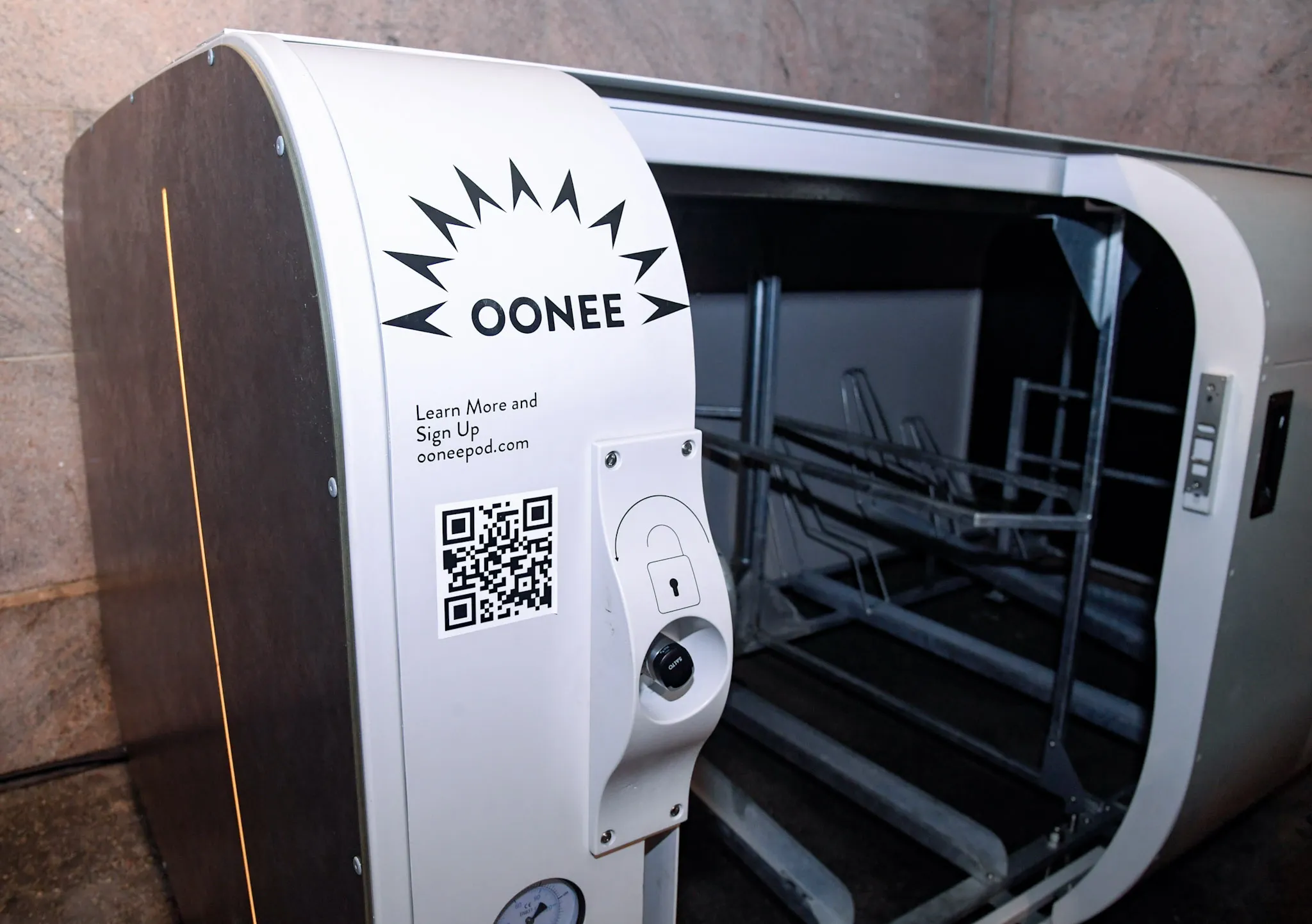A custom-built application, powered by ParkMe, enables drivers in the Washington, DC metropolitan area to instantly locate available parking at the touch of a finger with the introduction of parking operator Colonial Parking's new website location finder map and mobile app for iPhone. ParkMe allows the data from Colonial's 250 locations to be streamed to mobile apps, in-car navigation systems and GPS devices and provides drivers with parking information, such as rates, entrance points and even real-time oc
December 19, 2012
Read time: 2 mins
A custom-built application, powered by 6114 ParkMe, enables drivers in the Washington, DC metropolitan area to instantly locate available parking at the touch of a finger with the introduction of parking operator Colonial Parking's new website location finder map and mobile app for iPhone.
ParkMe allows the data from Colonial's 250 locations to be streamed to mobile apps, in-car navigation systems and GPS devices and provides drivers with parking information, such as rates, entrance points and even real-time occupancy. Studies show that urban congestion is directly related to the search for parking. Drivers ultimately will be able to eliminate the need to circle the block and double-park, keeping the roads clear for other drivers.
"Providing parking location and availability information to motorists for our 250 plus metropolitan locations will be a great benefit to our customers, building owners and motorists in general," Andrew Blair, president and CEO of Colonial Parking commented. He continued, "Our cooperation with ParkMe is a major step in ensuring technological leadership in the D.C. market, and in the nation, with the goal of easy and hassle-free parking."
"As more cities go online with respect to parking, it's great to see Colonial, DC's premier parking provider, coming into the fold," Sam Friedman, co-founder and CEO of ParkMe, said. "Getting drivers to their spaces faster not only reduces frustration, it ameliorates the flow of traffic. This integration establishes Washington, DC and Colonial Parking as one of the most advanced cities in the nation when it comes to smart parking."
ParkMe allows the data from Colonial's 250 locations to be streamed to mobile apps, in-car navigation systems and GPS devices and provides drivers with parking information, such as rates, entrance points and even real-time occupancy. Studies show that urban congestion is directly related to the search for parking. Drivers ultimately will be able to eliminate the need to circle the block and double-park, keeping the roads clear for other drivers.
"Providing parking location and availability information to motorists for our 250 plus metropolitan locations will be a great benefit to our customers, building owners and motorists in general," Andrew Blair, president and CEO of Colonial Parking commented. He continued, "Our cooperation with ParkMe is a major step in ensuring technological leadership in the D.C. market, and in the nation, with the goal of easy and hassle-free parking."
"As more cities go online with respect to parking, it's great to see Colonial, DC's premier parking provider, coming into the fold," Sam Friedman, co-founder and CEO of ParkMe, said. "Getting drivers to their spaces faster not only reduces frustration, it ameliorates the flow of traffic. This integration establishes Washington, DC and Colonial Parking as one of the most advanced cities in the nation when it comes to smart parking."








